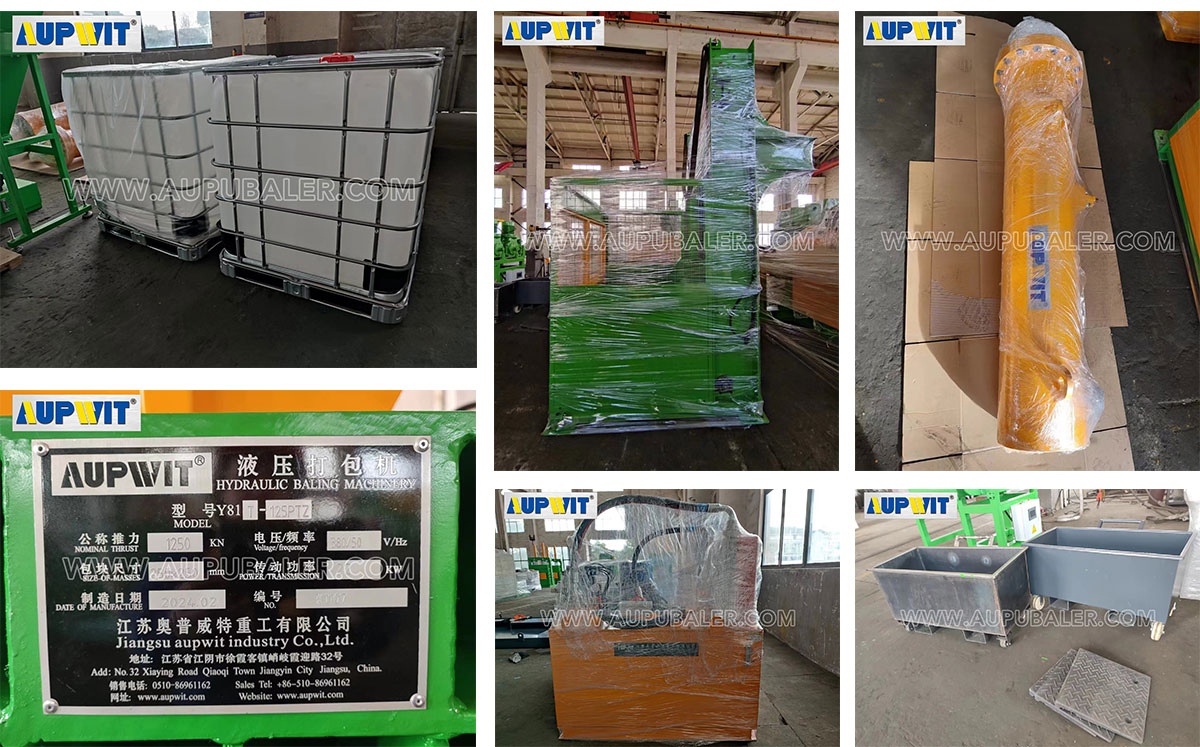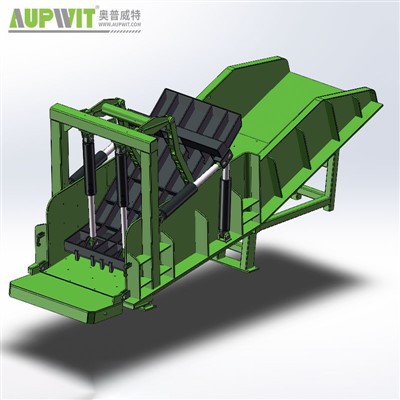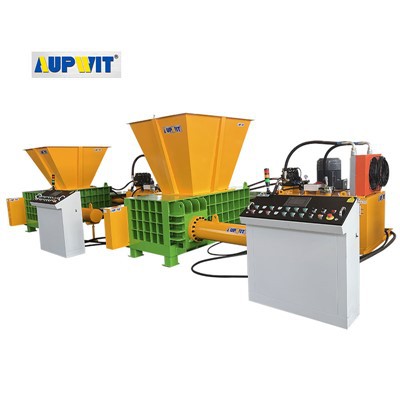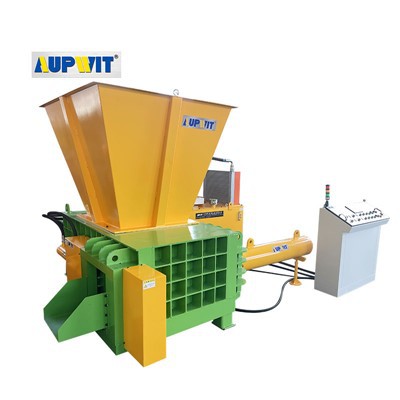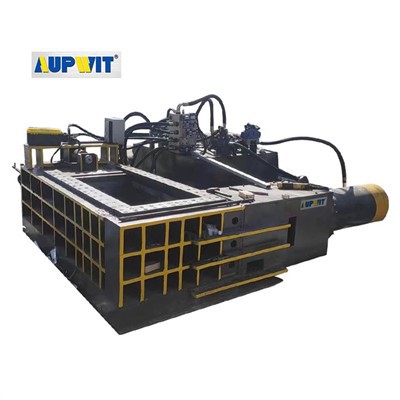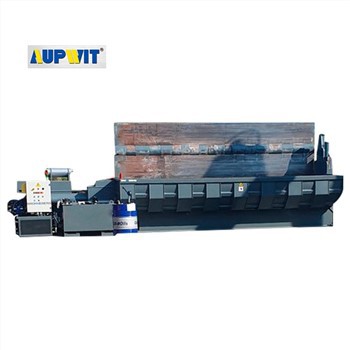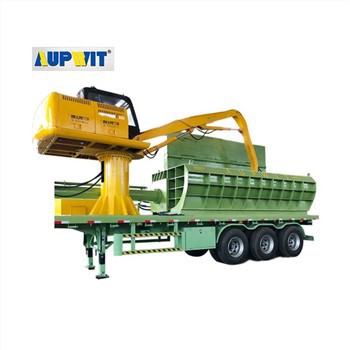1. Equipment itself
Type and structure: Different types of briquetting presses, such as mechanical, hydraulic and pneumatic, have different working principles and performance. Hydraulic briquetting presses have high pressure, can handle a variety of materials, and are usually more efficient. At the same time, the structural design of the equipment, such as mold shape, size, feed port size, etc., will also affect the filling and pressing effect of the material. A reasonable structure can make the material flow smoothly and improve efficiency.
Power and performance parameters: A high-power briquetting machine has a strong driving force and can press materials more quickly. In addition, performance parameters such as pressing speed and stroke are also crucial. A higher pressing speed and a suitable stroke can complete more pressing cycles per unit time, thereby improving production efficiency.
2. Material characteristic factors
Hardness and toughness: Materials with high hardness or toughness, such as metal scraps, hard plastics, etc., require greater pressure and longer time to press, which will reduce the efficiency of the briquetting machine; while soft materials, such as wood chips and straw, are easy to be compressed, and the briquetting machine is more efficient in handling.
Humidity and water content: If the humidity of the material is too high, it will make the material easy to stick to the mold during the pressing process, resulting in difficulty in demolding, and may also affect the fluidity of the material and reduce the filling speed; if the humidity is too low, the material may be too loose and difficult to compact, and it will take multiple pressings to reach the required density, which will affect the working efficiency of the briquetting machine.
3. Production process factors
Pretreatment process: Pretreatment of materials such as crushing, screening, and drying can make the material particle size uniform and the humidity appropriate, which is more in line with the pressing requirements, reduce the number and time of pressing, and improve efficiency. For example, crushing oversized materials into appropriate particle sizes can make the materials fill more evenly in the mold and press more smoothly.
Automation degree: A production process with a high degree of automation, such as the use of automatic loading and unloading devices and intelligent control systems, can reduce the time loss and errors of manual operation, achieve continuous and stable production, and improve the overall efficiency of the briquetting machine.
4. Operation and maintenance factors
Operation level of personnel: Skilled operators can reasonably adjust the parameters of the briquetting machine, such as pressing pressure, speed, etc., according to the conditions of materials and equipment, and can promptly deal with problems that arise during the production process to avoid equipment shutdown or reduced efficiency due to improper operation.
Equipment maintenance: Regular maintenance of the briquetting press, such as checking and replacing worn parts, cleaning the mold, lubricating mechanical parts, etc., can keep the equipment in good operating condition and reduce the probability of failure, thereby ensuring the working efficiency of the briquetting press.
